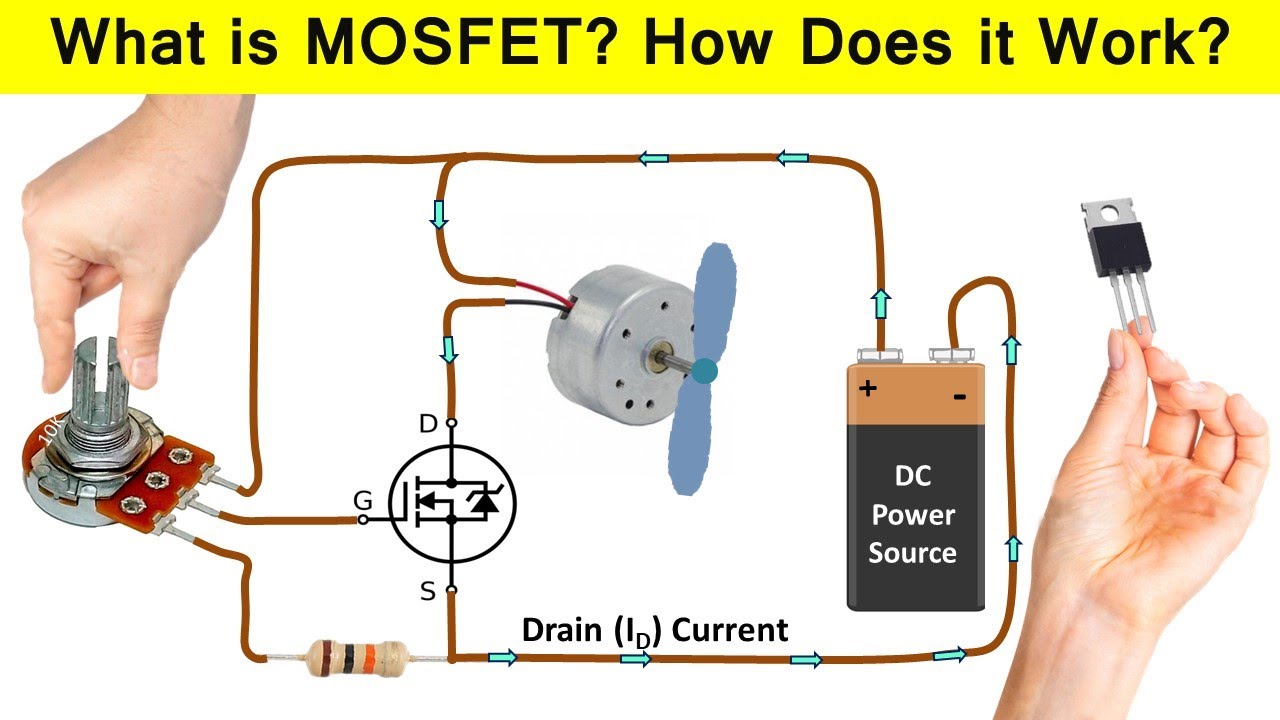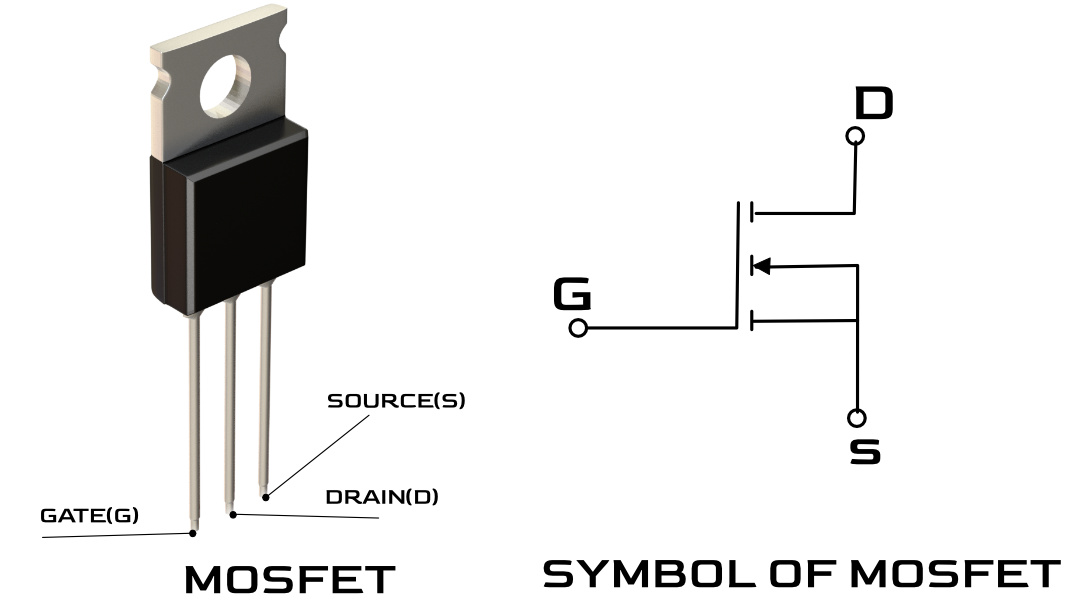Well, let me tell ya about this thing called MOSFET. Now, don’t go thinking it’s some fancy gadget from the city folks, it’s not that complicated once ya break it down. A MOSFET, that’s short for Metal-Oxide-Semiconductor Field-Effect Transistor, is somethin’ used in all sorts of gadgets we use today, like computers, phones, and who knows what else. But, all it really does is control the flow of electricity, just like when we turn the tap on and off, let the water flow or stop it.

Now, this thing’s got three main parts, like a three-legged stool. You got the Source, the Gate, and the Drain. These three parts are what help the MOSFET do its job. So, let me explain a bit more. The Source is where the electricity comes from, like the well at the village. The Drain is where the electricity goes out, and the Gate, well, it’s kinda like the valve that decides if the electricity can flow or not, just like how you open and close the tap for water.
How it works is pretty simple, really. When you apply a voltage (which is just electricity) to the Gate, it controls whether or not the electricity can flow from the Source to the Drain. If you don’t put any voltage on the Gate, it’s like the tap is off – no electricity flows. But, if you put enough voltage on the Gate, it opens up a channel, like opening a floodgate, and lets the electricity flow from the Source to the Drain. That’s how it switches on and off, just like a tap with water.
Now, there are different types of MOSFETs, but the way they work is still the same. The most common one is called the N-channel MOSFET. When you put a positive voltage on the Gate, it creates a channel between the Source and the Drain, and the electricity can flow. Without that voltage, there’s no channel, so no electricity can get through. It’s like when the gate of a field is closed, the cows can’t get through, but when it’s open, they can roam free.
Why’s this important, you ask? Well, this little device is used in almost all the electronics today. It’s in your phone, your computer, and even some of the appliances you use. Without it, we wouldn’t be able to make the things that run on electricity work so well, like how a good pump makes sure water flows easily in the pipes.
Another thing to note is that MOSFETs help save power. Instead of running all the time, they only let the electricity flow when needed, so it’s like turnin’ off the lights when you don’t need them, saving ya some energy. The better the MOSFET is, the less power it wastes, which is real handy when it comes to makin’ electronics smaller and more efficient. And with things gettin’ smaller, MOSFETs have been scaled down over the years, so now we’ve got millions of them packed into tiny chips in your devices.

- Source: The starting point where electricity comes from.
- Gate: The control part, like a valve, that decides whether the electricity can flow or not.
- Drain: The end point where the electricity flows to.
When it comes to building the thing, most MOSFETs use silicon, just like many other electronics. Some fancy folks use a mix of silicon and germanium, but that’s for the top-end gadgets. Regular MOSFETs are just fine for most things, and they do the job just right.
In summary: A MOSFET works by controlling electricity between the Source and the Drain using the Gate. It’s like a tap that opens and closes depending on the voltage, allowing or stopping the flow of electricity. They’re everywhere, making gadgets work right, and helpin’ save power too. If you want your devices to run good and efficient, you’ve gotta have these little MOSFETs inside them.
So there you have it! MOSFETs might sound complicated at first, but once you understand how they work, it’s really just about controlling the flow of electricity. Kinda like turnin’ on a water faucet when ya need it and turnin’ it off when you don’t.
Tags:[MOSFET, how does a MOSFET work, semiconductor, electronics, field-effect transistor, power efficiency, electricity control, N-channel MOSFET, transistor explanation]

